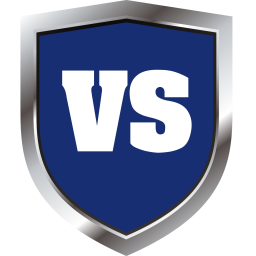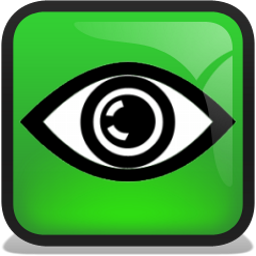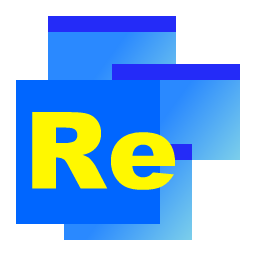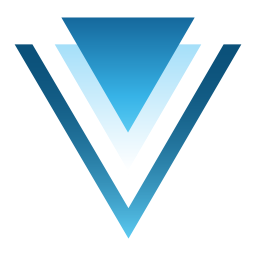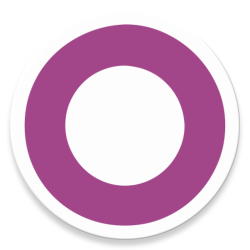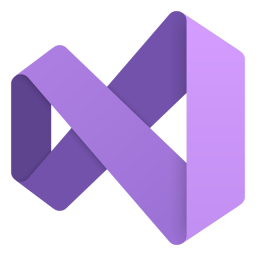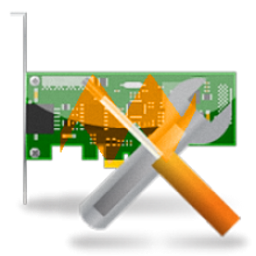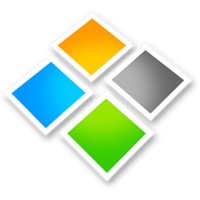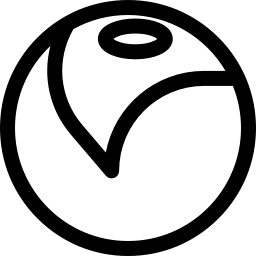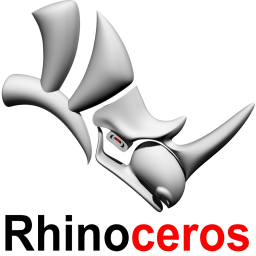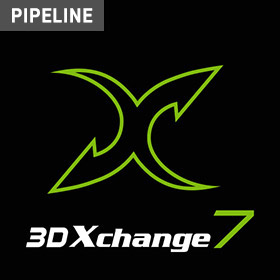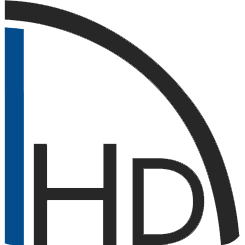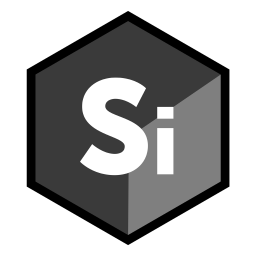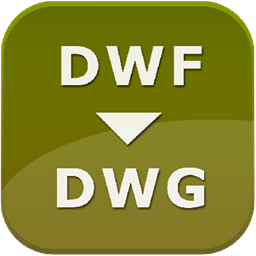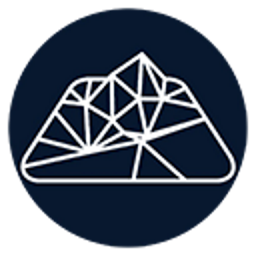Free Download DEWESoft ARTeMIS OMA 7 full version and offline installer for Windows 11, 10. An advanced software package used for Operational Modal Analysis (OMA) and Structural Health Monitoring.
Overview of DEWESoft ARTeMIS OMA (Operational Modal Analysis)
DEWESoft ARTeMIS OMA refers to a software suite developed by DEWESoft, a company that specializes in data acquisition, signal processing, and analysis solutions. DEWESoft ARTeMIS OMA is an advanced software package used for Operational Modal Analysis (OMA) and Structural Health Monitoring (SHM) in the field of structural engineering and dynamics.
Features of DEWESoft ARTeMIS OMA
- Operational Modal Analysis (OMA): OMA is a technique used to identify the dynamic characteristics of a structure, such as natural frequencies, mode shapes, and damping ratios, using measured data from the structure while it is subjected to operational loads (ambient vibrations or external forces).
- Structural Health Monitoring (SHM): SHM involves continuous monitoring and assessment of the health and integrity of structures over time, often using sensor data and advanced analysis techniques to detect and diagnose potential issues or damage.
- Data Acquisition Integration: The software might integrate with DEWESoft's data acquisition hardware, allowing users to directly import and analyze data collected from various sensors (such as accelerometers) placed on the structure.
- Signal Processing: DEWESoft ARTeMIS OMA is likely equipped with a wide range of signal processing algorithms for noise reduction, frequency domain analysis, time-domain analysis, and more.
- Modal Parameter Identification: The software would include tools for extracting modal parameters (natural frequencies, mode shapes, damping ratios) from the measured vibration data.
- Automated Mode Shape Scaling: To facilitate the comparison of mode shapes across different measurement setups or time periods.
- Finite Element Model Updating: Some advanced OMA software allows users to update finite element models based on the identified modal parameters, enhancing the accuracy of the model.
- Structural Damage Detection: The software might include algorithms to detect changes in the dynamic behavior of a structure, which could indicate potential damage or degradation.
- Interactive Visualization: A graphical user interface (GUI) would likely offer interactive visualization of mode shapes, frequency-response functions, and other analysis results.
- Reporting and Exporting: The software would probably allow users to generate reports and export analysis results in various formats for documentation and further analysis.



